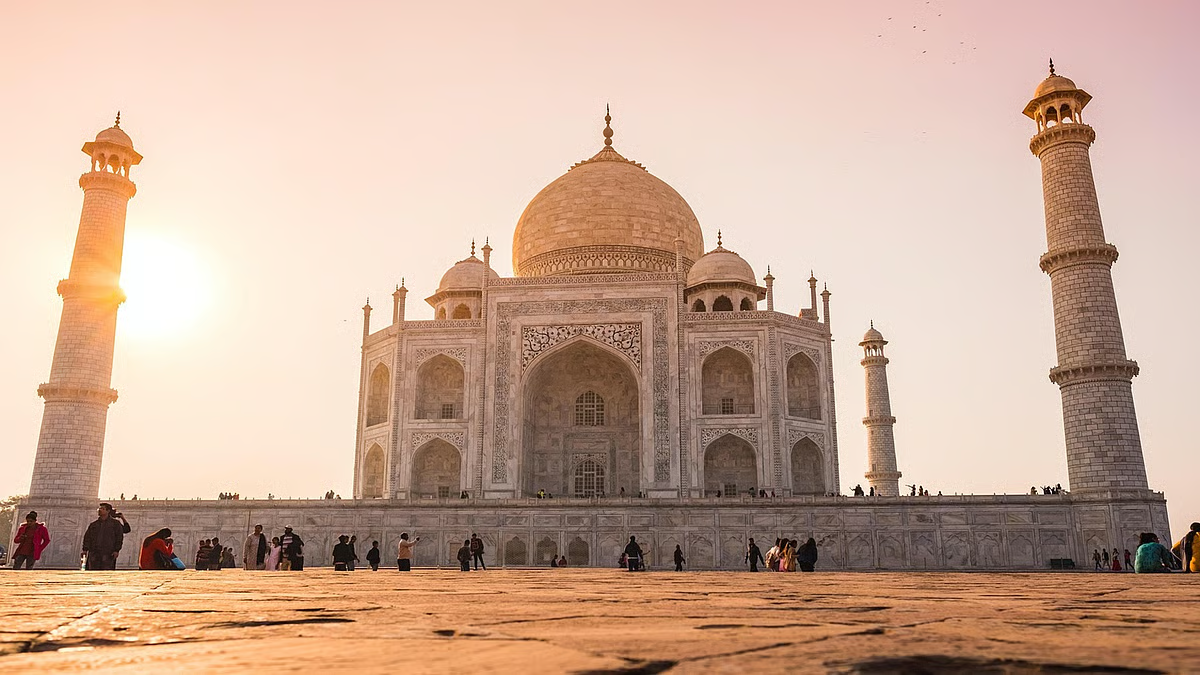In honor of Mumtaz, the Mughal Emperor Shah Jahan constructed the Taj Mahal, a mausoleum that is revered as a symbol of love not only in India but also around the world. It is a well-liked tourist destination in India. This Agra memorial has once again established a new standard.
According to data released by the Ministry of Tourism, the Taj Mahal attracted the highest number of ticket-purchasing visitors among all monuments in the 2024-25 fiscal year. This statistic was announced by the government on September 27, World Tourism Day.
Among the 145 monuments under the purview of the Archaeological Survey of India (ASI), the Taj Mahal witnessed the highest footfall of domestic and international tourists. The UNESCO World Heritage site welcomed a total of 6.9 million visitors this fiscal year. The vast majority of foreign tourists never leave India without paying homage to the Taj Mahal.
Analysis of the statistics reveals that approximately 6.26 million domestic tourists and 0.645 million foreign tourists visited the Taj Mahal this year. This Mughal-era monument has maintained its position at the apex of visitor numbers for over a decade.
Other popular destinations in the country, based on tourist preferences, include the Sun Temple of Konark in Odisha, which received 3.57 million visitors this year, and the Qutub Minar in Delhi, which attracted 3.20 million domestic tourists. However, among foreign tourists, Agra Fort and Qutub Minar follow closely behind the Taj Mahal in popularity, with each of these architectural marvels drawing nearly 0.22 million visitors.
It is worth noting that Emperor Shah Jahan commissioned this exquisite memorial, crafted from white marble, between 1631 and 1648, in memory of his wife Mumtaz.











